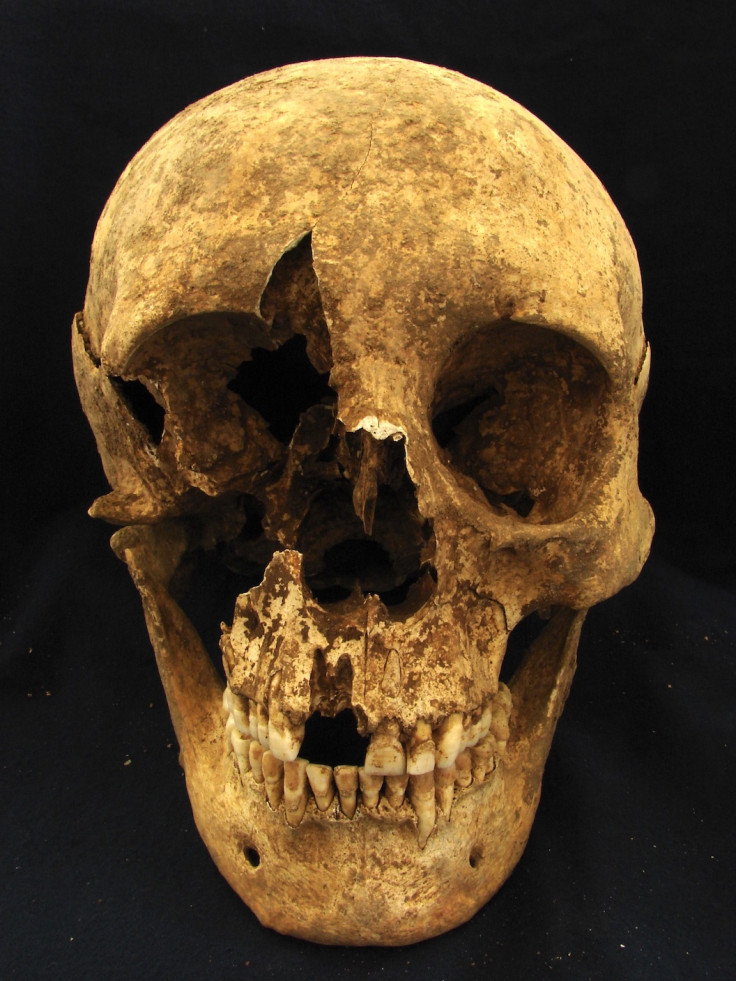Earliest migrants in ancient Roman Empire came from North Africa and the Alps as slaves

The first evidence of individuals having migrated to Imperial Rome have been discovered. Archaeologists excavated skulls from Roman cemeteries to discover that men and children were the main migrants, although exactly where they came from is still not entirely understood.
Research published in the journal PLOS One describes the earliest records of migration to Rome, during the beginning of the Roman Empire. Some 160 individuals' skulls were excavated, dating to between the first and third century, and results showed that up to eight of them were originally from either North Africa or the Alps.
"This study has generated the first concrete data of individuals who were not born at Rome," wrote the researchers from the University of West Florida and the University of Durham in the US and UK respectively. "Some of the immigrants identified in this study may have come to Rome as slaves, but their tenure as slaves could have been ended quickly by manumission [freedom]."
The study says that it is incredibly difficult to differentiate between those that travelled to Rome by their own free will, and those that may have been imported as slaves. However, they did manage to analyse the skulls and teeth of the excavated remains to discover where they most likely came from, although their exact departure location cannot be confirmed.
Based on food and water content being trapped in the structure of teeth, they found that at least four individuals must have come from a particularly dry climate - potententially North Africa. Likewise, at least two of the remains must have originated from somewhere in the Alps.
To reach their findings, the researchers studied a total of 160 skulls from two cemeteries associated with the Roman Empire; the Castellaccio Europaro cemetery, and the Casal Bertone cemetery.
The skulls were analysed to try and uncover their geographic roots and diets. This process required investigation of oxygen, strontium and carbon isotope ratios – a form of mass spectrometry that pinpoints human characteristics based on the number of different chemical isotopes found in bones and teeth.

They discovered that of the 160 individuals analysed, between four and eight were confirmed as migrants not native to Rome. Isotope-ratio analysis also showed that their diet changed upon their arrival.
"Because migrants often came to Rome in diasporic waves resulting from slavery, attempting to identify a general geographic origin can be instructive," write the authors. They describe how difficult it is to pinpoint an exact location that a migrant came from.
"While many people changed their diets between the time they were children and the time they died, those people with suspected non-local origins changed their diets more dramatically, likely due to a difference in available foodstuffs at Rome compared to their geographical area of origin." They added: "Whether this change was voluntary [to fit in with Roman foodways] or involuntary [because of food availability] is not clear."
The researchers say that more research needs to be conducted to better understand migration into Imperial Rome. They suggest that more results will ultimately shape our understanding of the history of the Roman Empire.
© Copyright IBTimes 2024. All rights reserved.






